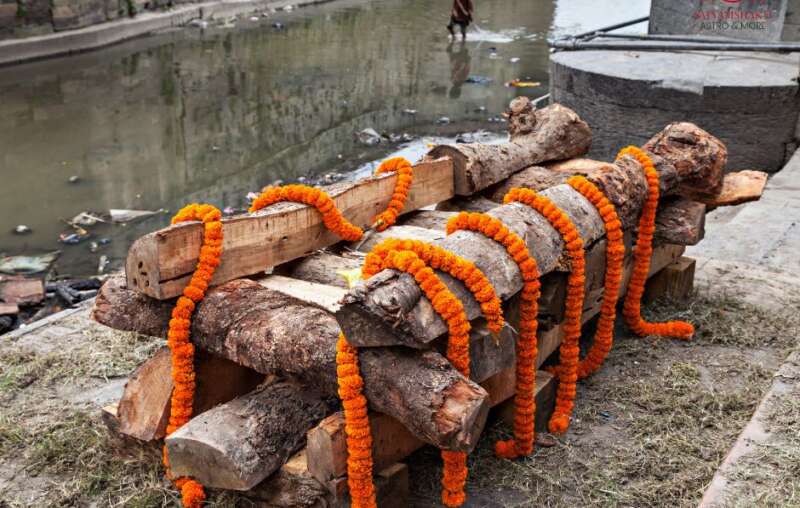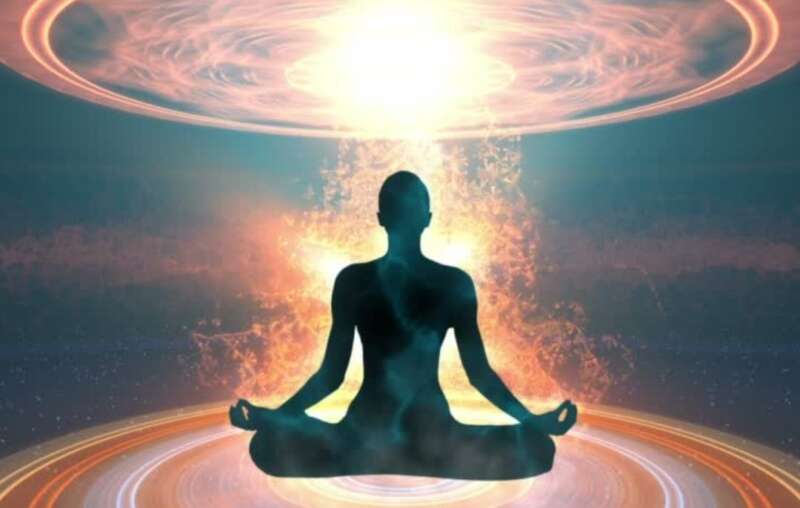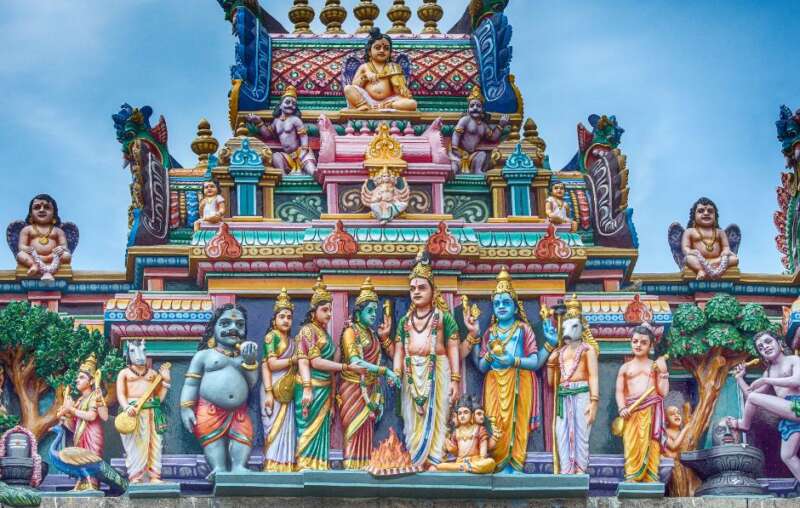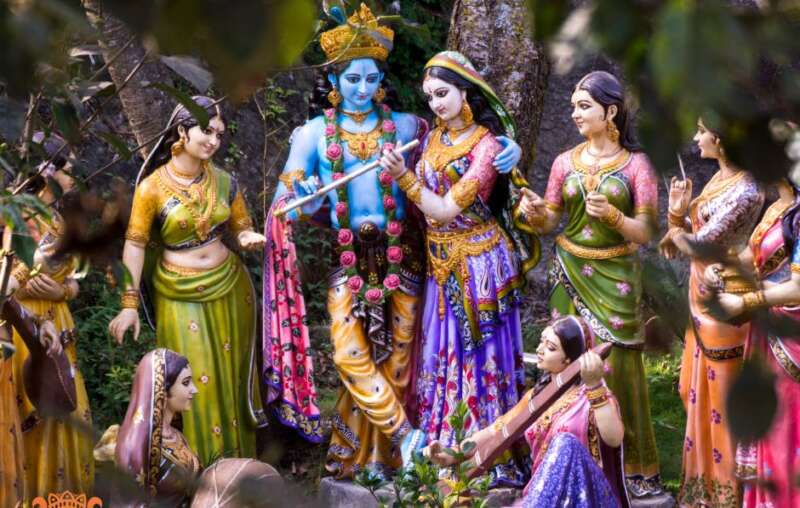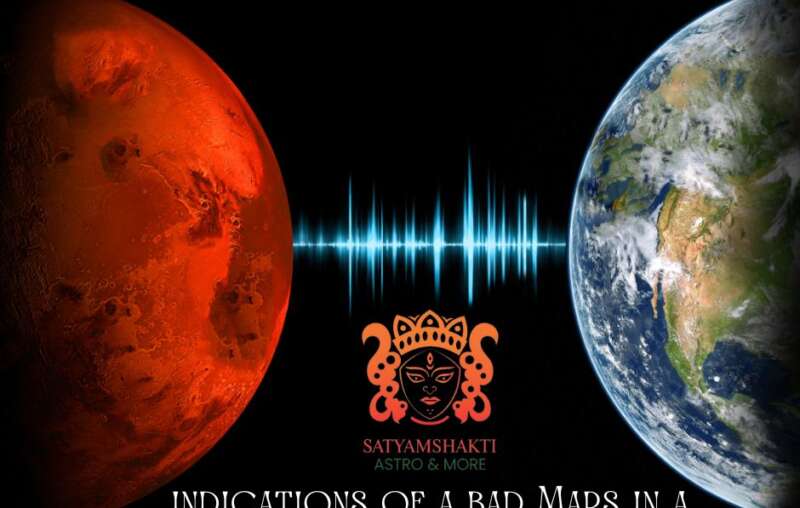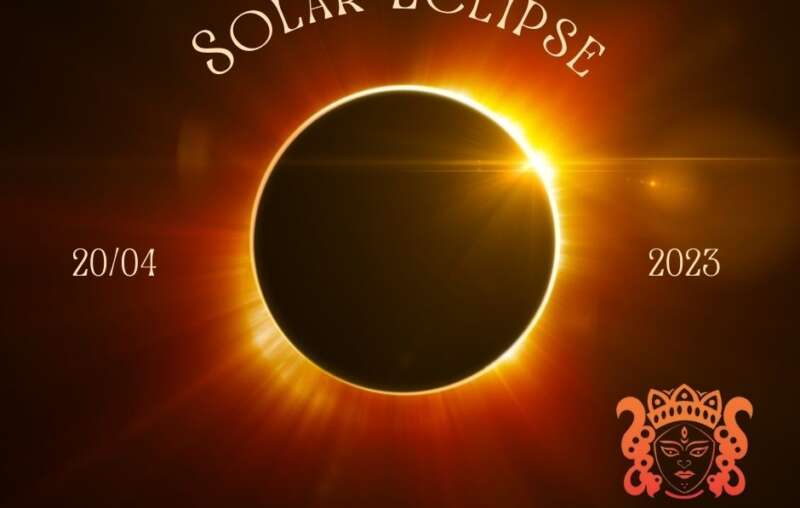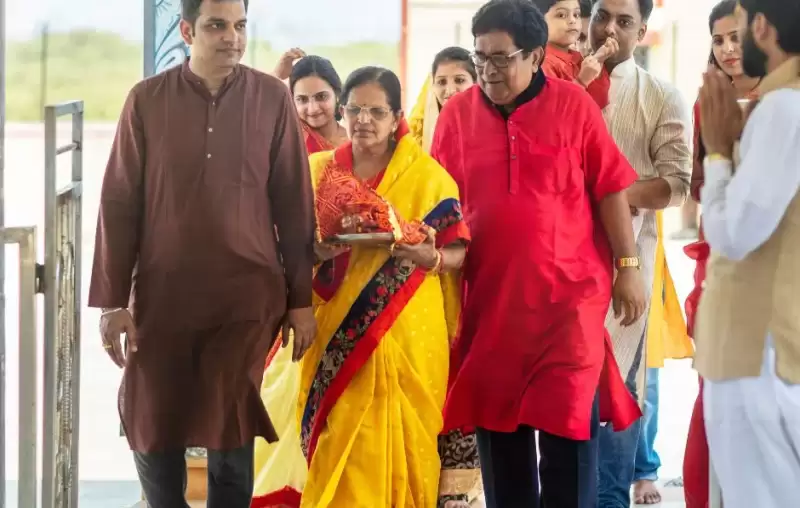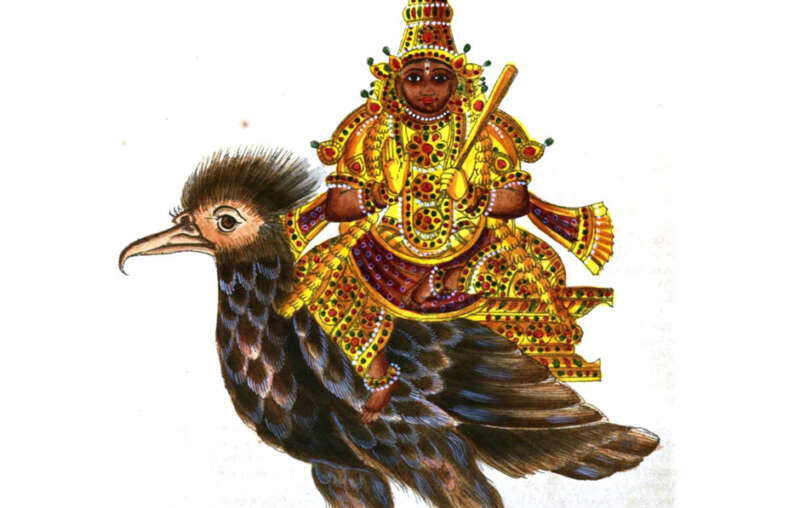The rules of mourning only applies to the immediate family and the house in which the person died. The period of mourning ranges from 3 to 40 days depending on caste, community, lineage or inclination of the mourners. During this period there are no rituals performed at home other than those concerning the deceased person.…
